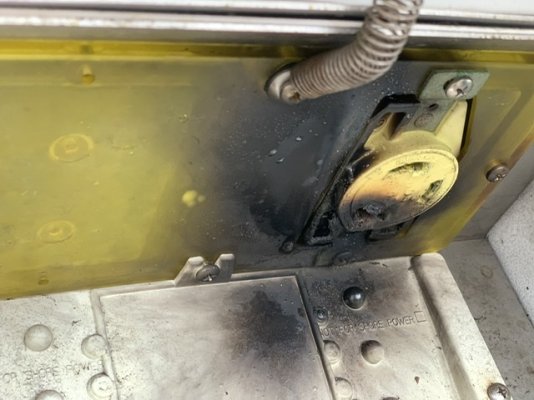SeaDogAK
Senior Member
- Joined
- Aug 9, 2021
- Messages
- 387
- Vessel Name
- Sea Dog
- Vessel Make
- 1991 DeFever 49 RPH
When I came to the boat today, the shore power was out. I eventually figured out that the breaker on the power supply on the dock had tripped. I unplugged the shore power cord, plugged it back in, and reset the breaker, and there was a big scary flash that fried my shore power cord and the area around the plug. Pictures attached.
I disconnected shore power and fired up the generator, and it charged normally and supplied AC through the inverter without any apparent problem. No breakers tripped on the boat at any point.
My question is whether the problem is a short or some other problem on the boat, or a problem with the power supply on the dock. I’m an ignoramus when it comes to electrical issues. Does anyone have any ideas?
I disconnected shore power and fired up the generator, and it charged normally and supplied AC through the inverter without any apparent problem. No breakers tripped on the boat at any point.
My question is whether the problem is a short or some other problem on the boat, or a problem with the power supply on the dock. I’m an ignoramus when it comes to electrical issues. Does anyone have any ideas?


